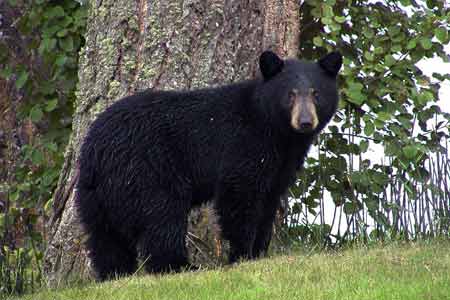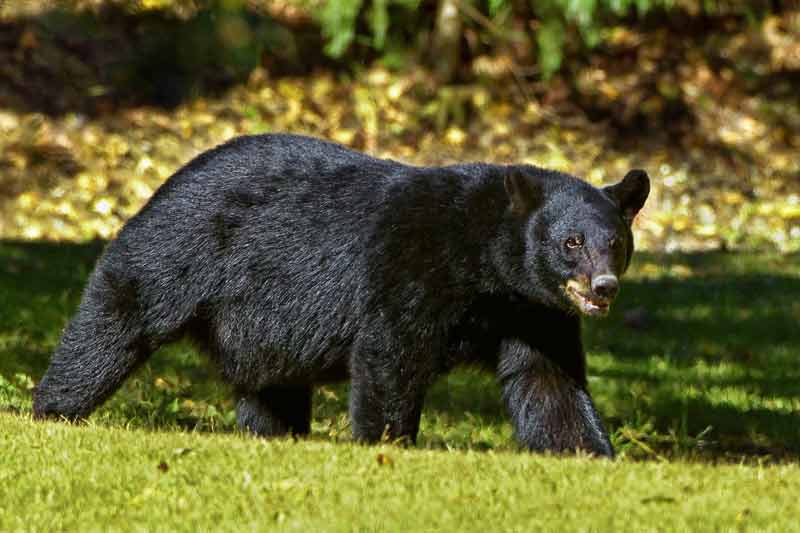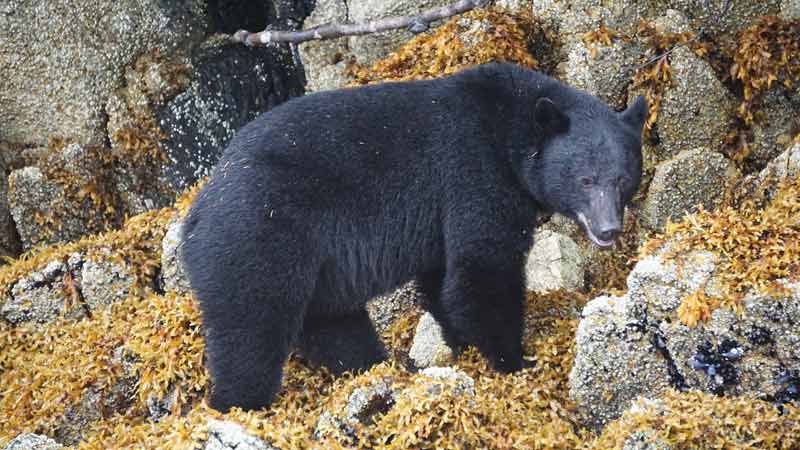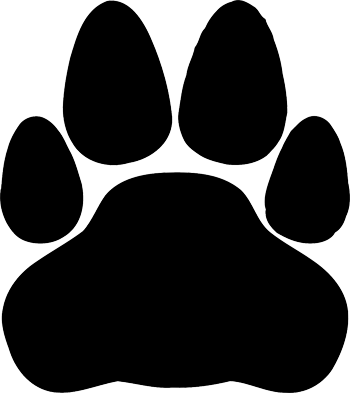For most hunters, big game hunting is typical a fall and winter pastime. The spring time is mainly reserved for the second turkey season of the year. As we have started to look for new and exciting adventures the notion of spring bear hunting has caught our attention.
Three Western States: Idaho, Montana and Wyoming offer over the counter (OTC) bear tags. These tags are also very reasonable priced even for out of state residents, typically under $300. Wyoming is the only one out of these states with a specific quota of bears that can be harvested in each specific unit.
 Prepping for the trip
Prepping for the trip
Spring bear season in Idaho starts on April 1 in some areas, April 15 for most of the state, and runs thought May in most areas, June in a few select locations. As this is a spring hunting trip, the weather will be on our side and the requirements for a truck, camping, hiking, and outdoor survival gear will not be as extreme as it would in the fall and winter.
Tips for Idaho Bear Hunting
- You can not take any female bear with young, but can shoot a either sex.
- Bears will habitually feed in the same area for a few days to weeks
- Scout out multiple elevation spots on the Internet first, bears will come out of hibernation at different times at different at elevations.
- If attacked: When it comes to black bears, do not play dead. Fight back by trying to hit it in the nose, preferable with a knife. If it's a grizzly bear, lay on the ground with your backpack still on for protection, spread out wide so he can't flip you and try to play dead. If the grizzly continues the attack, then fight back.
- Make some calls to the local forest service rangers and game wardens, and to determine when the bears typically come out of hibernation, open roads, and bear numbers.
-
It's about the adventure and spending time in the wilderness, it's still fun even if you don't shoot a bear.
The Bears awake
In Idaho and the Western United States, bears typical awake from hibernation between March and June. The lower in elevation a bear is hibernating, the earlier they will typically emerge. The hungry bears will then immediately seek out food, and the best locations are southern facing hillsides. So some of the best hunting spots to find are these open areas right next to the dense forest areas where they hibernate. Bears are omnivorous that will eat anything from berries, bugs, to small game animals like deer, and fish if there is a local source. Some places to look are old logging roads with some green growth, open areas with good shooting lanes, and recent forest burn areas.
As soon as a bear wakes up from their winter slumber, they immediately seek out food. The easiest food for these omnivorous mammals to get are new blossoms, flowers, berries, tree buds, bugs, grubs and anything in between. Bears tend to live and hibernate in the dense forest, but usually after waking from their hibernation, they are drawn to any open hillside facing south. These southern hillsides typically have the snow melted off by the time a bear wakes and has already turned green and lush with small plants and buzzing with bug activity. Surprisingly, at high elevations, plant life tends to sprout and bloom at an increased speed compared to lower elevation plant life, which actually leads to a greater amount of protein for a bear to consume.
Bears are typically out and about at first and last light so you need to be at your shooting point for the first few hours of the morning and the last few hours of the day. For the rest of the day, a chance at getting a bear is slim, so it's a nice time to-do a little scouting, relax at camp, or try a little fishing.

Is Bear Meat good to eat?
When I was growing up, I was always told that bear meat was not the best, so it never appealed to me to hunt them as I won't hunt anything I don't plan to eat. Over the past few years I have started to binge watch just about every hunting show on Netflix and Amazon. Some of my favorite meat hunters profess their love of bear meat, and bear fat for cooking other dishes. So, the idea of visiting new wildernesses and taking a large meat animal is now near the top of my adventure list. The key to most wild meat, and especial bear meat, can be in the preparation just after your kill. All animals need to field dressed as soon as possible after they are located. For bears, you need to also fully skin them in the field. You also need to remove as much fat from the meat as possible. While this is not as important in the spring time and the fall, it's still critical to ensure you bear meat remains tasty. Butchering a bear is also a more challenging task that butchering other large game animals, complicated by a jelly like substance that will get over everything.
Hiring and Outfitter
If you are not an experienced big game hunter, you should hire an outfitter and go for a guided hunt. Some of the outfitters also offer camp only services without guides. But this should also only be done if you are an experienced outdoorsman. Many of the camps and outfitters in Idaho will put you on bear on their private land over bait. Thus making the chances of giving you a decent shot at a black bear likely.
https://www.wildidahooutfitters.com/
https://www.10hunt.com/top-idaho-hunting-guides

How big are Idaho black bears?
Idaho black bears are typically 4-7 feet tall and weigh 150 – 300lbs. in autumn, their pre-den weight tends to be 30% higher than in spring, when black bears emerge from their dens. American black bears on the East Coast tend to be heavier on average than those on the West Coast,. They are much smaller than grizzly bears. The biggest wild American black bear ever recorded was a male from New Brunswick shot in November 1972. He weighed 902 lb. dressed and an estimated 1,100 lbs alive. He was 7.9 ft tall.
More Hunting and fishing Articles from the Great Travel Site

Internet Marketing
Search Engine Optimization – Social Media - Email Marketing - Banner Ads
Web Design
Design and Media for Hotels, Tour Operators, Travel Agents, Guides, Scuba, Skiing, Action Sports and more.
IT Services
Remote Software Support for Booking System. API Integration - Custom Programming





